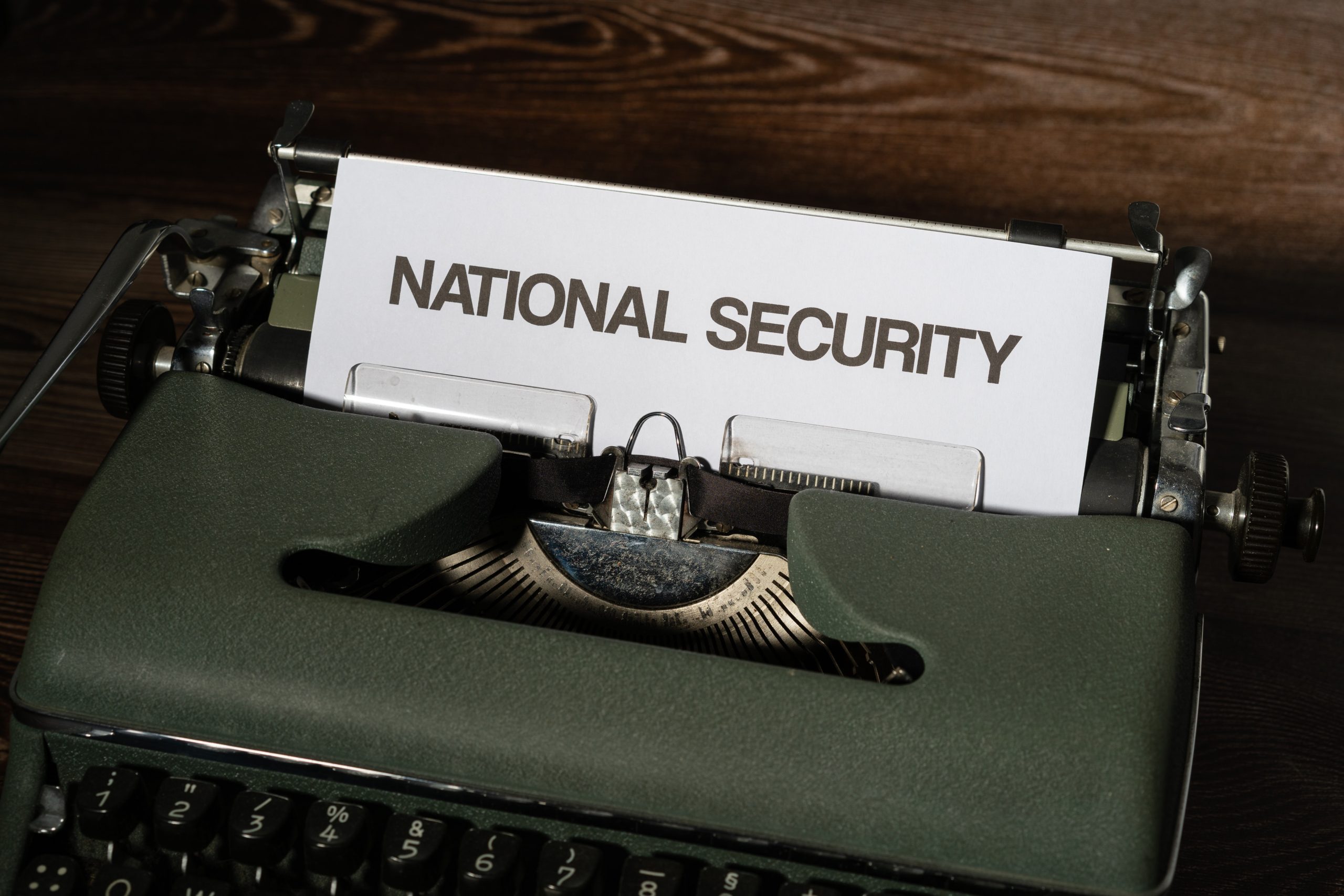Critical infrastructure refers to the vital systems and services that support society and are essential for the functioning of our economy, security, and health. These include power grids, transportation networks, water and sewage systems, and telecommunications. As technology advances, these systems have become increasingly interconnected and dependent on information technology, making them vulnerable to cyber attacks. The consequences of such attacks can be severe, ranging from power outages and transportation disruptions to loss of life and national security threats. Therefore, securing critical infrastructure has become a top priority for governments and organizations worldwide.
One of the challenges in securing critical infrastructure is the complexity and diversity of the systems involved. These systems are often managed by different entities, including government agencies, private companies, and public utilities. They may also have different levels of security and resilience, depending on their age, design, and funding. Moreover, they face a wide range of threats, both intentional and unintentional, such as cyber attacks, natural disasters, and human errors. Therefore, a comprehensive approach is needed to ensure their security and resilience.
To address these challenges, governments and organizations have developed various strategies and frameworks for securing critical infrastructure. These include risk assessment, incident response planning, information sharing, and collaboration between public and private sectors. In the United States, the Department of Homeland Security (DHS) is responsible for overseeing the protection of critical infrastructure and has established a National Infrastructure Protection Plan (NIPP) that outlines a coordinated approach to risk management and mitigation.
One of the key components of securing critical infrastructure is cybersecurity. Cyber attacks on critical infrastructure can take many forms, such as ransomware, malware, denial-of-service attacks, and phishing scams. They can also exploit vulnerabilities in outdated or unpatched software and hardware, or use social engineering tactics to trick employees into revealing sensitive information. Therefore, a robust cybersecurity strategy is essential to detect, prevent, and respond to cyber threats.
Another important aspect of securing critical infrastructure is physical security. This includes measures such as access controls, surveillance, and perimeter protection to prevent unauthorized access to critical facilities and assets. It also involves contingency planning and disaster recovery to ensure the continuity of operations in case of physical damage or disruption.
To achieve a comprehensive approach to securing critical infrastructure, organizations must also foster a culture of security. This means promoting awareness and training programs to educate employees and stakeholders about the risks and best practices for maintaining security. It also involves implementing policies and procedures that prioritize security and compliance and providing adequate resources and support to security teams.
In conclusion, securing critical infrastructure is a complex and ongoing challenge that requires a coordinated and comprehensive approach. It involves addressing the complexity and diversity of the systems involved, mitigating a wide range of threats, and fostering a culture of security. By implementing effective cybersecurity and physical security measures, conducting risk assessments, and promoting awareness and training programs, organizations can protect our nation’s most essential systems and services from cyber threats and other risks.




